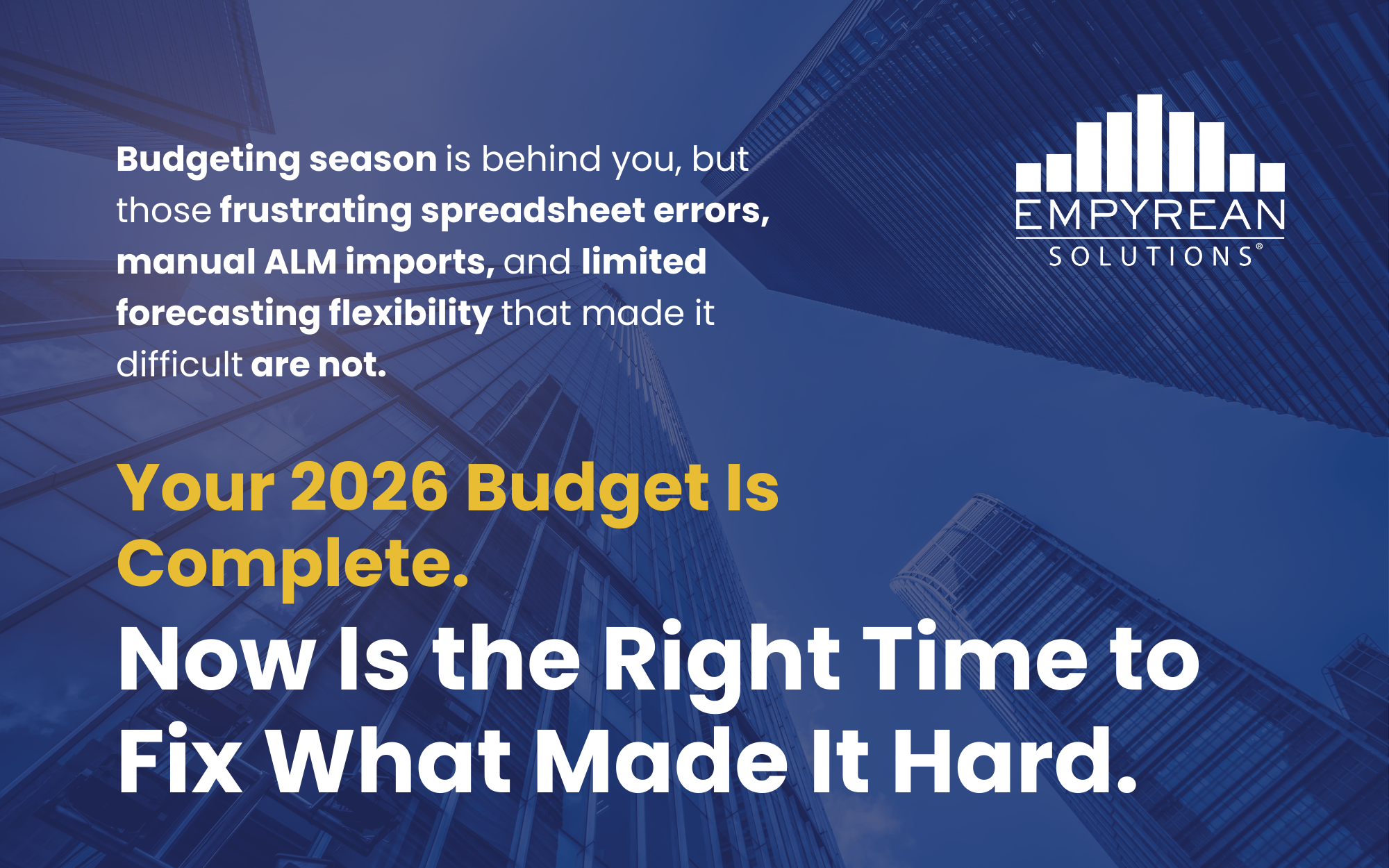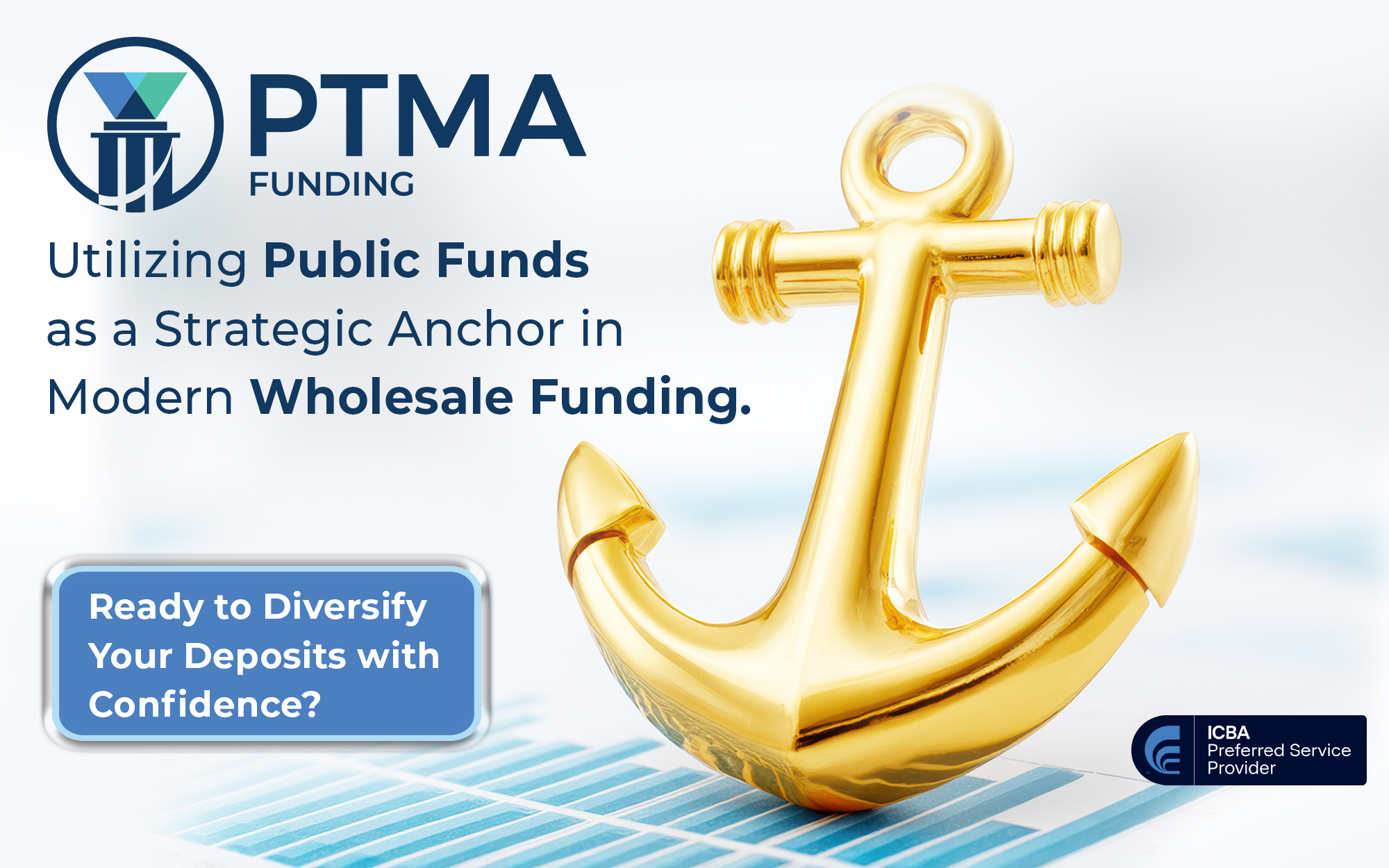The time has come for the long-awaited FedNow launch. As community banks navigate this process, there are plenty of resources available to answer questions and provide guidance.
Community banks’ guide to FedNow resources
March 01, 2023 / By Colleen Morrison
The time has come for the long-awaited FedNow launch. As community banks navigate this process, there are plenty of resources available to answer questions and provide guidance.
Between May and July of this year, non-pilot instant payment transactions will be live on FedNow, the first new Federal Reserve payment rail in more than 40 years. After much strategy, planning and discussion, the implementation phase has arrived.
“As we near launch, I’m reminded of where we started,” says Nick Stanescu, senior vice president and business executive of the FedNow Service. “The decision to build the FedNow Service was the result of a multiyear initiative of collaborating with the industry to explore ways to modernize the U.S. payment system.”
He notes that the launch of FedNow will represent a major landmark in modernizing and improving the U.S. payment system. “Importantly, this will level the playing field by allowing financial institutions of every size to benefit from safe and efficient instant payments,” he adds.
Three sources of information on FedNow
As community banks look to take advantage of this new opportunity, they seek resources to help them navigate the journey. With that in mind, industry experts agree there are three key sources of information to support banks in honing their instant payments plans.
1. FedNow Explorer
The Federal Reserve launched the FedNow Explorer to help financial institutions establish their individual evaluation and implementation needs. Offering a guided journey, a self-explore option and a quick link to resources, this site incorporates the latest news and information from the Fed about FedNow. In particular, the Service Readiness Guide and the Service Provider Showcase provide insights into preparation requirements and available solutions.
“You have to educate yourself; you have to educate your employees and your management team. So, starting off with the FedNow Explorer has a lot of great resources,” says Sherri Reagin, chief financial officer at FedNow pilot participant North Salem State Bank, a $590 million-asset community bank in North Salem, Ind. “We even showed one of the videos at our annual training to all of our employees. They’ve heard me talking about FedNow for a couple of years now, but they didn’t fully understand it until there was a visual. There are so many great resources on that website where people can really get started.”
2. Your Federal Reserve account executive
The Federal Reserve account executive stands as a valuable resource for asking bank-specific questions about the FedNow Service and can benefit community banks that want to be early adopters. For example, Stanescu points out that there are four core capabilities of instant payments readiness that a community bank’s Federal Reserve account representative can help evaluate:
Connectivity to FedNow
Real-time posting and immediate funds availability
Settlement through either a Fed master account or a correspondent’s
Send and receive functionality
Each area creates important decisions for the bank, and the Fed account executive can help financial institutions navigate the pros and cons.
“Your Fed account executives are great places to start, as well as your technology solution providers, based on the product lines you think are going to use FedNow,” says Kari Mitchum, vice president of payments policy at ICBA.
3. Core and third-party providers
To that point, solution providers will play a crucial role in implementation from the core system to downstream customer‑facing applications. Community banks will need to decide their required functionality in receive-only or a send-and-receive scenarios and work with their providers accordingly. For most, that process starts with talking to their cores.
“My advice: Build a plan, understand what partners must be involved and do a lot of exploring with vendors,” says Debra Matthews, chief of deposit operations at $2.1 billion-asset Texas First Bank in Texas City, Texas, a FedNow pilot participant. “Explore what your core has available and plans to do in the future and determine if any additional third parties are needed for implementation.”
Reagin agrees, emphasizing the enhanced role that core providers will play to accommodate FedNow. “Everything we do, all the fintechs that we use—if you’re going to settle a payment, it has to go through your core provider to get through your system,” she says. “So, they’re going to have to be involved, regardless of who you use to interface between the Federal Reserve and your financial institution.”
Instant payments will soon be table stakes
While the FedNow Service will launch in just a few months, the wide-scale rollout will take some time, and customer adoption will follow suit. However, if market history bears any indication, instant payments will be a critical part of payment processes in the future.
“Keep in mind Apple Pay has been out for almost 14 years, and QR codes were created in 1994. FedNow coming out is not going to be some overnight change,” Mitchum says. “There’s that story from [FedEx founder] Fred Smith that he had the idea for FedEx in the 1960s, and the paper got a ‘C’ on it. They said, ‘Nobody wants stuff next day; there’s no need for this.’
“Now we’re in the time of Amazon same-day delivery, two-hour delivery. But that doesn’t mean that we got rid of USPS. It doesn’t mean we got rid of two-day shipping. There are multiple choices for moving goods; there’s going to be multiple choices for moving money.”
But with the rate of change in today’s digital space and this immediate gratification environment, it won’t take long for demand for instant payments to accelerate.
“I think FedNow is going to transform the way that we do business, and the way that businesses operate in the future.”—Sherri Reagin, North Salem State Bank
Use cases like early wage access, P2P payments and insurance disbursement have already emerged, and others will continue to develop. Community banks that don’t begin exploring instant payments may find themselves at a competitive disadvantage more quickly than they might think.
“Financial institutions need to really learn the benefits of FedNow to be able to accelerate the services that we can offer to our customers. I think FedNow is going to transform the way that we do business, and the way that businesses operate in the future,” Reagin says. “The sooner we can get our customers and our employees acclimated to it, it’s just going to skyrocket.”
FedNow resources from ICBA
Community bankers benefit from education tailored directly to their needs, so ICBA has developed customized education to complement available resources.
For example, ICBA Bancard ran a five-part webinar series called Ramping Up for the FedNow Launch, which includes the following sessions:
Delay No More: Creating Your FedNow Plan
FedNow Features, A Deep Dive
Lessons Learned from Community Banks Implementing Instant Payments
Preparing for 2023 and Q&A with a Fed Expert
Exploring Instant Payments Use Cases
ICBA is planning more events as the FedNow go-live date nears.
“We’re looking to put together a robust 2023, and it’s going to be dynamic,” says Kari Mitchum, ICBA’s vice president of payments policy. “So, as we get closer to launch, make sure you’re always reading NewsWatch Today. We’re going to make sure there are frequent webinars and lots of education out there.”
What about RTP?
Currently, more than 180 financial institutions belong to The Clearing House’s Real Time Payments Network (RTP), and 80% of network participants are community institutions with less than $10 billion in assets. It became an attractive option for banks that wanted to get an early jump on instant payments.
“We do think that there’s value in being set up to receive on both the RTP Network and FedNow,” said Nick Denning, senior vice president of payments industry relations at ICBA Bancard. “For a bank that is still trying to figure out what its broad instant payments and FedNow strategy will be, getting set up on RTP to receive now is one thing it can do to get moving forward while they figure out the nuances of their plans and approach.”
Many third-party providers will use the same instant payments solution to hook into FedNow and RTP, so setting up to receive RTP transactions will help banks prepare for FedNow.
Subscribe now
Sign up for the Independent Banker newsletter to receive twice-monthly emails about new issues and must-read content you might have missed.
Sponsored Content
Featured Webinars
Join ICBA Community
Interested in discussing this and other topics? Network with and learn from your peers with the app designed for community bankers.
Subscribe Today
Sign up for Independent Banker eNews to receive twice-monthly emails that alert you when a new issue drops and highlight must-read content you might have missed.
News Watch Today

Join the Conversation with ICBA Community
ICBA Community is an online platform led by community bankers to foster connections, collaborations, and discussions on industry news, best practices, and regulations, while promoting networking, mentorship, and member feedback to guide future initiatives.













